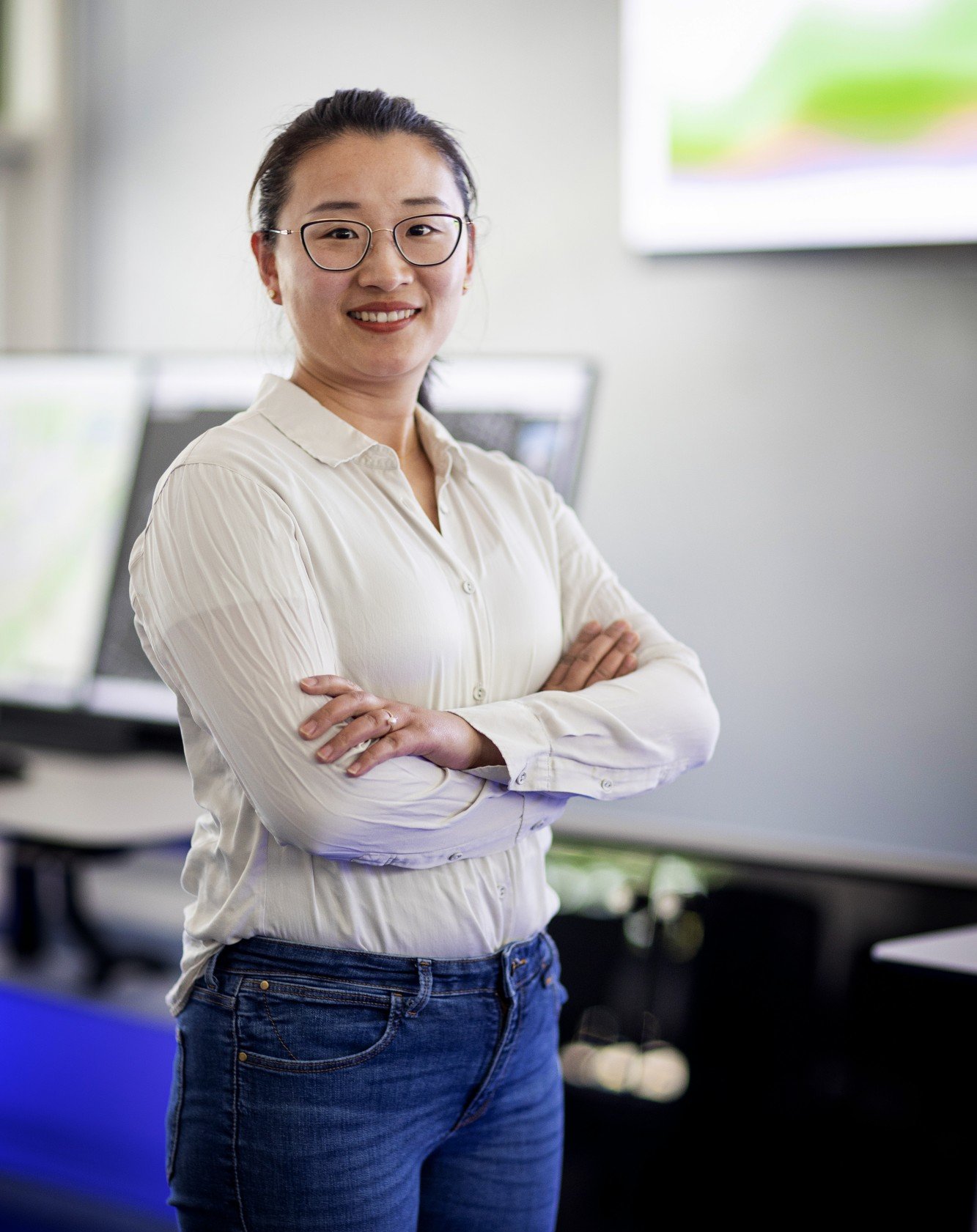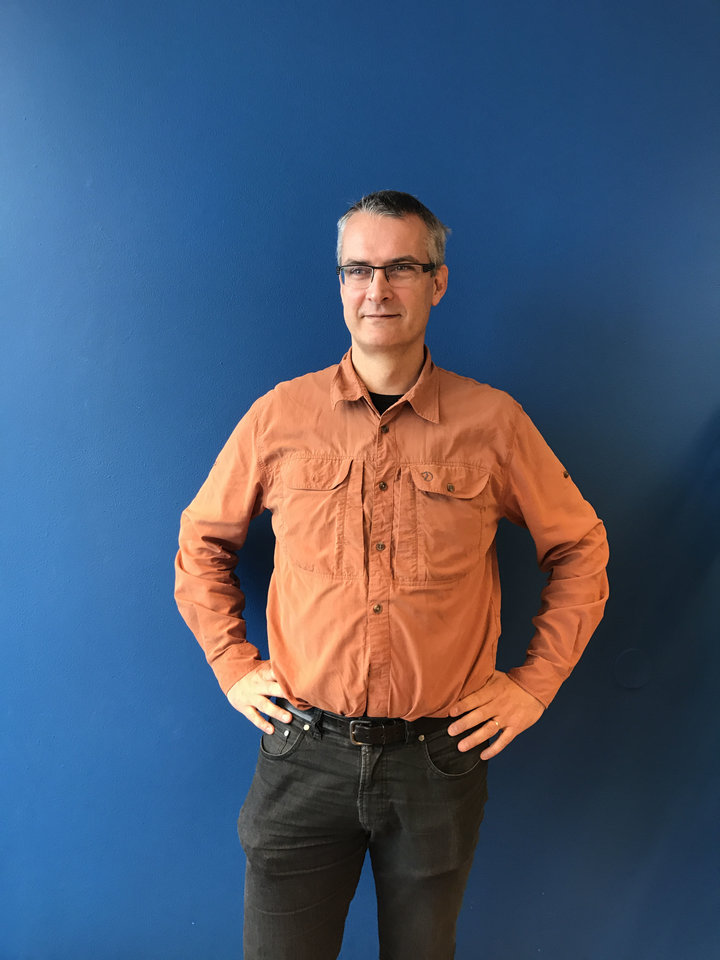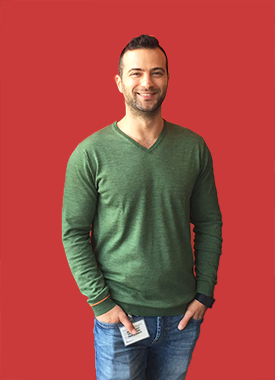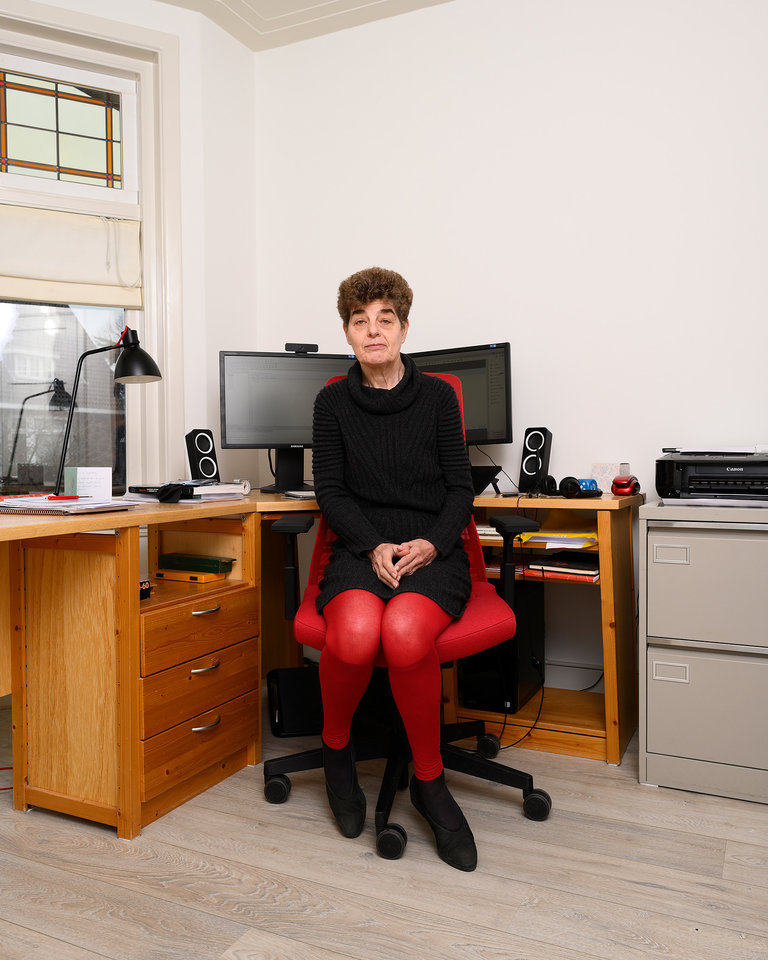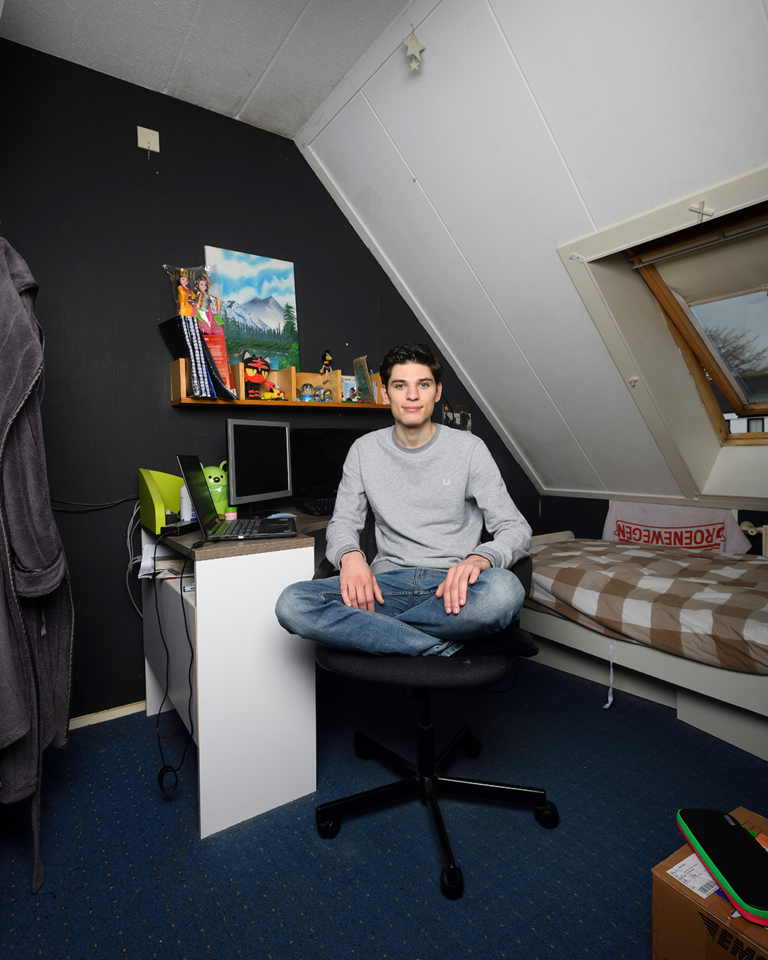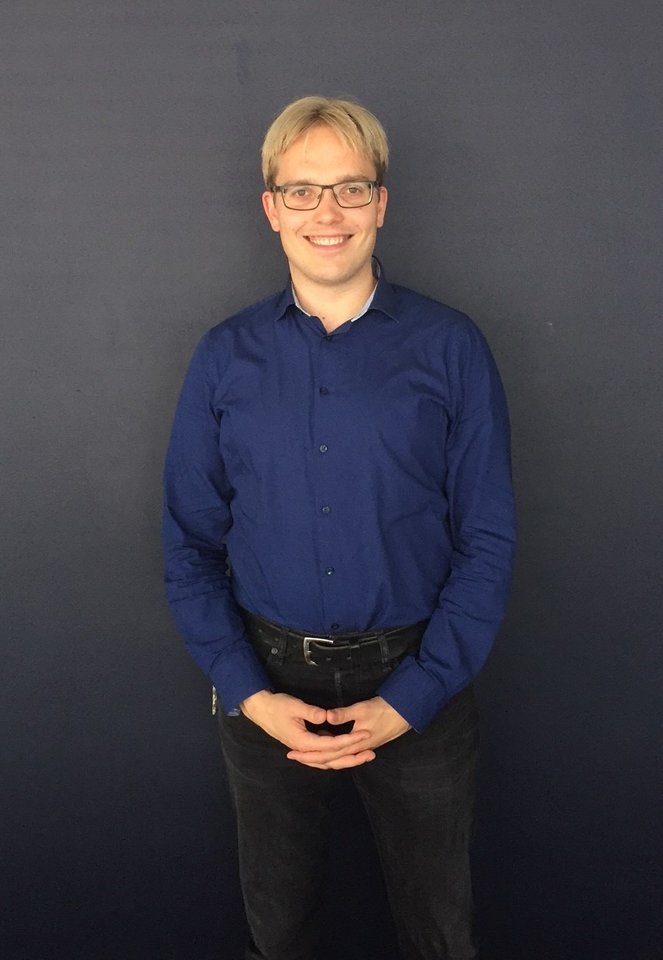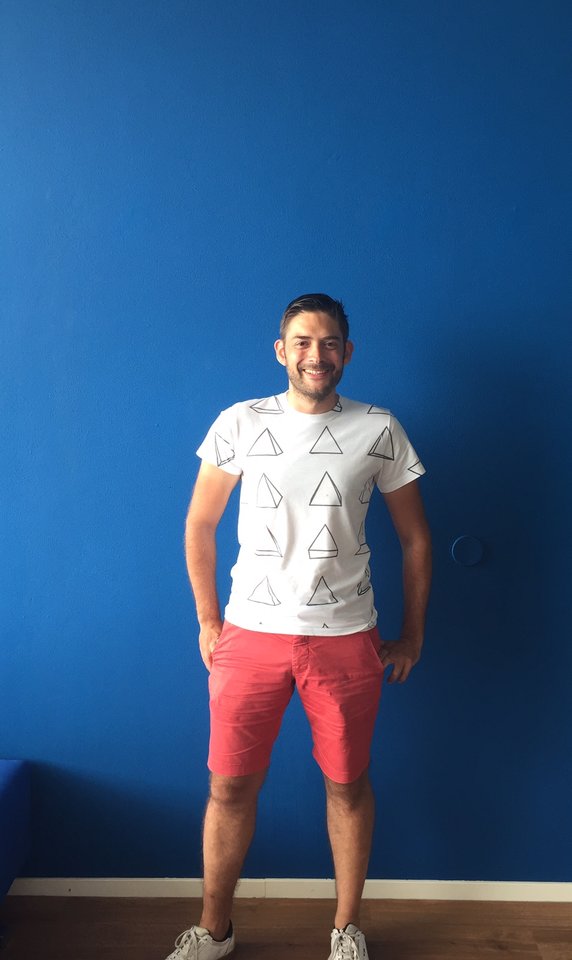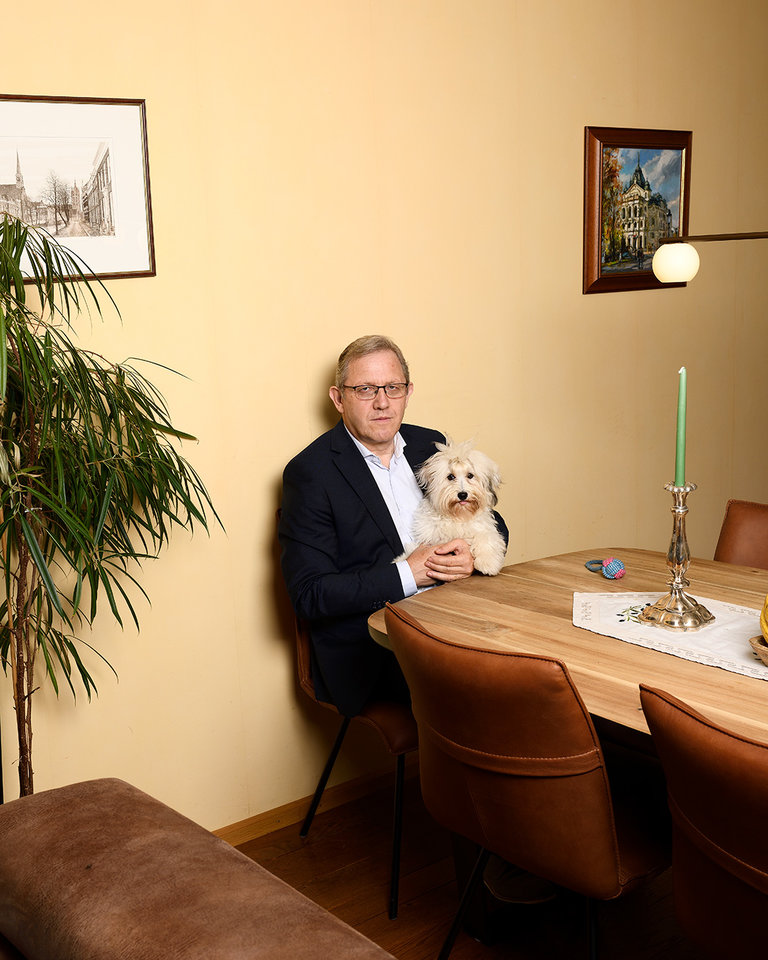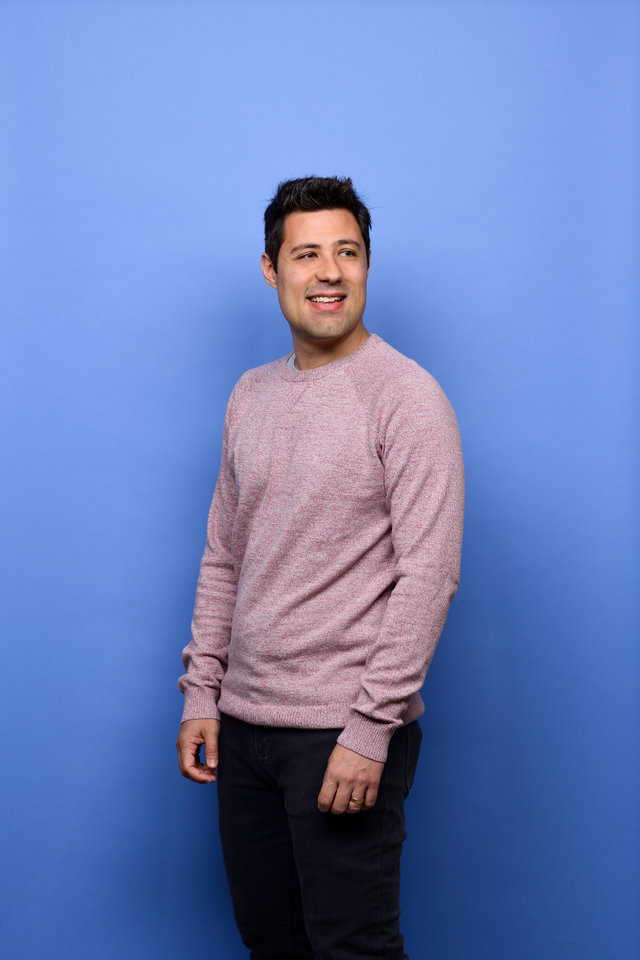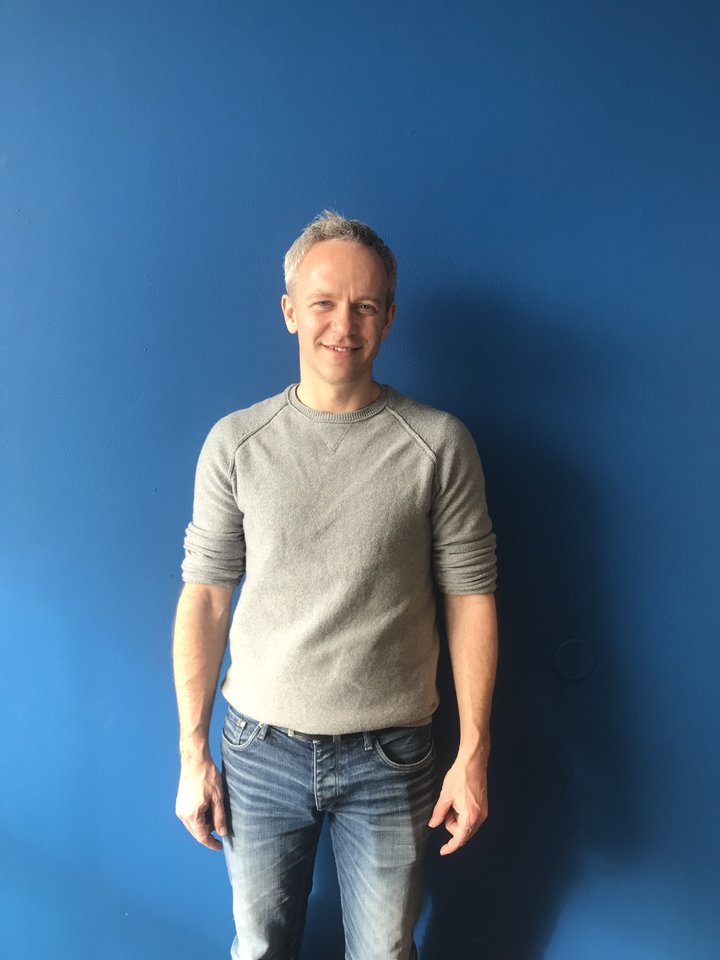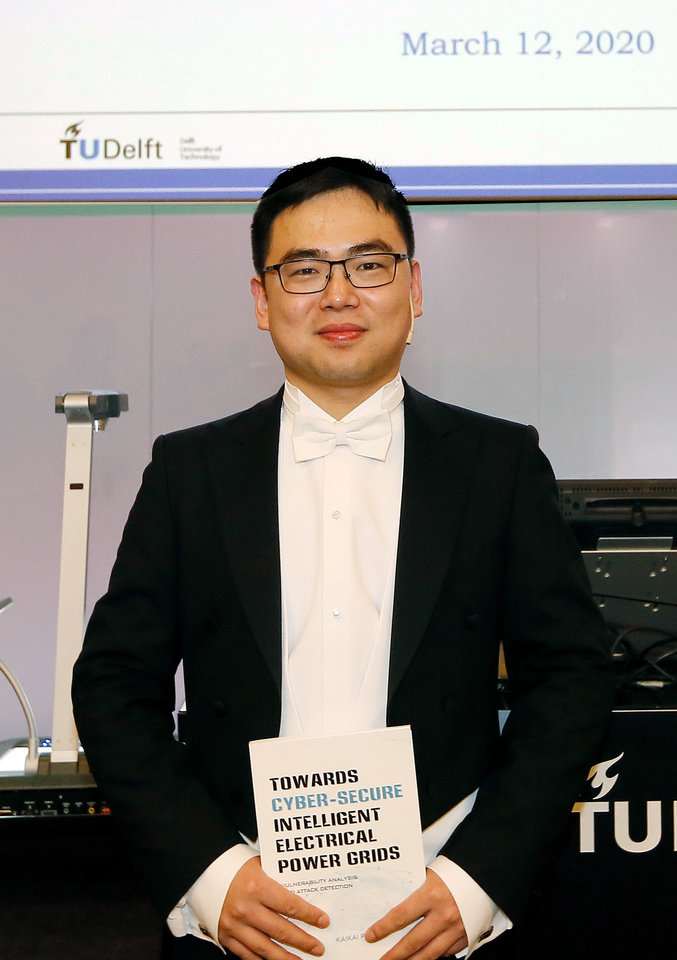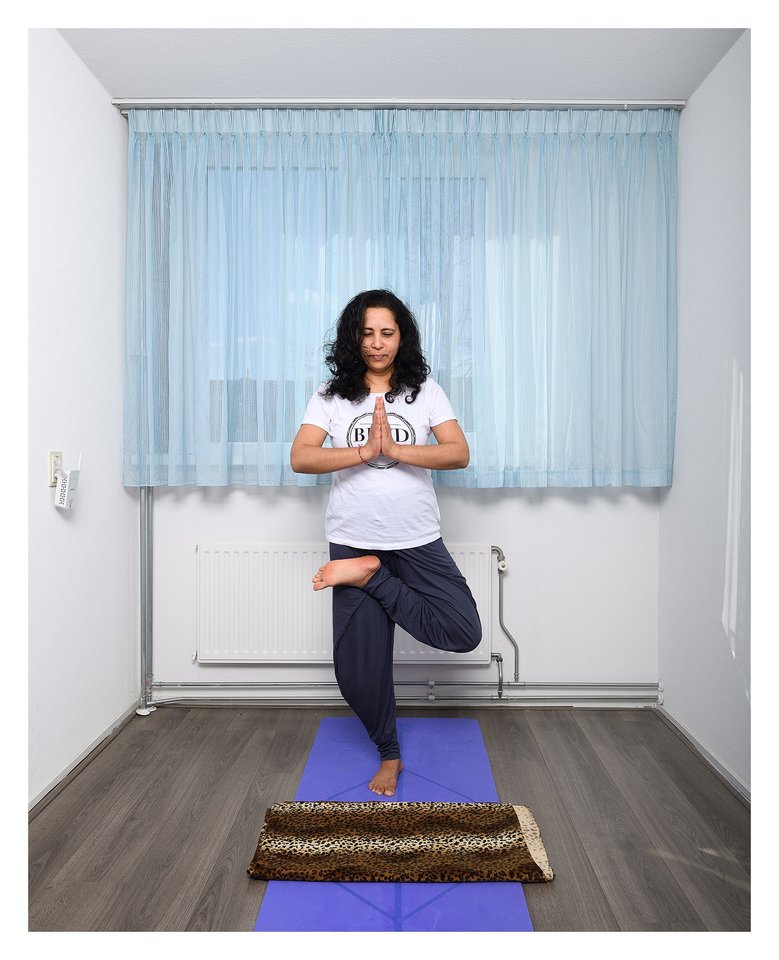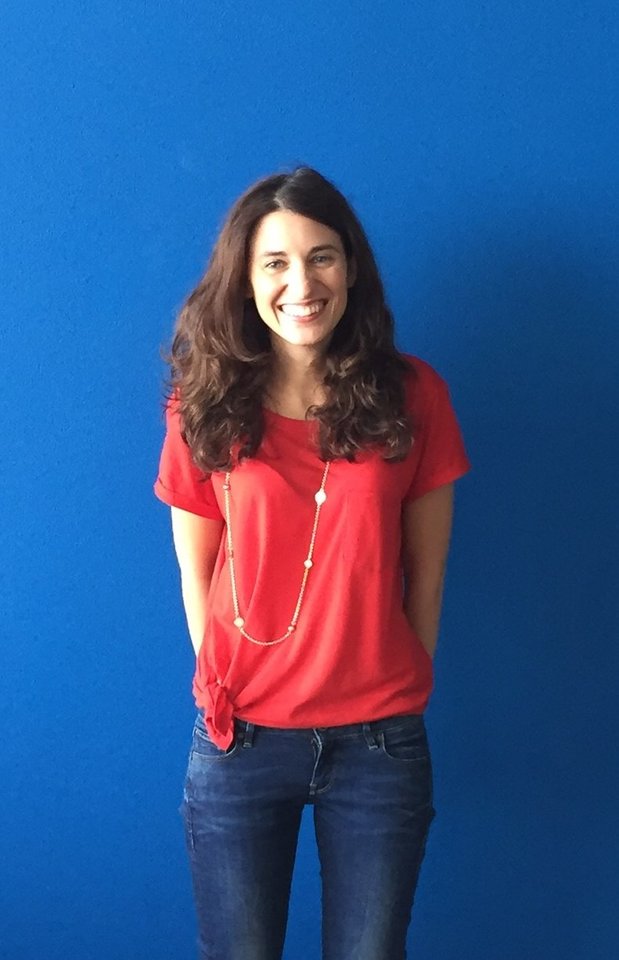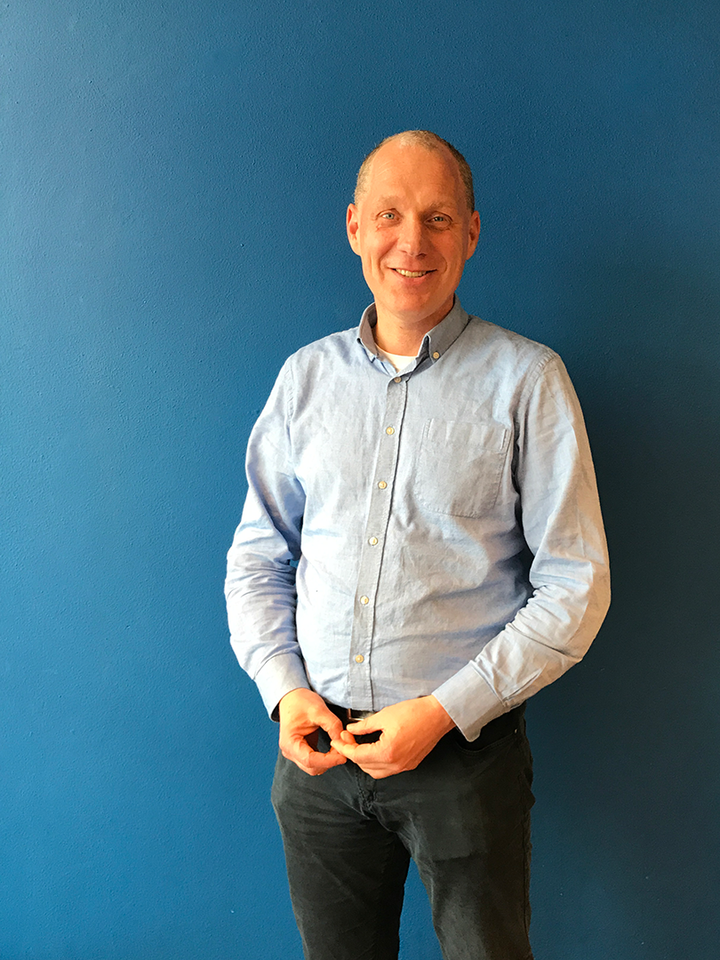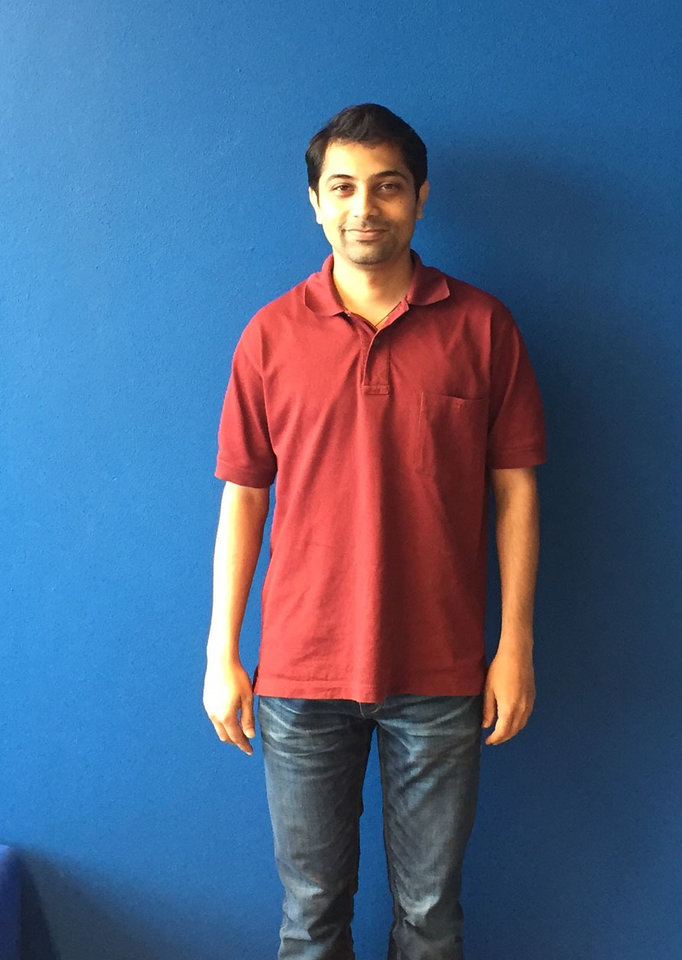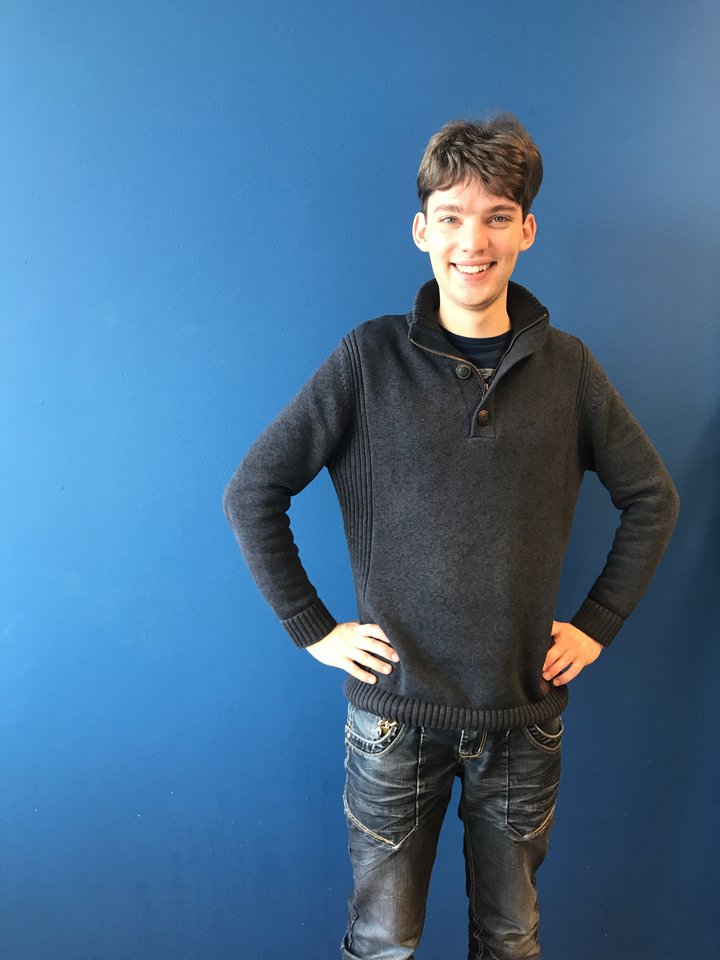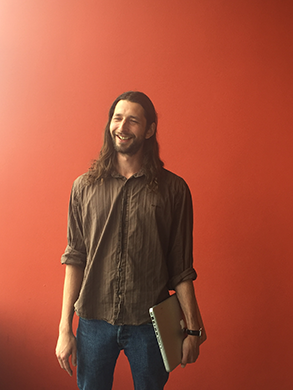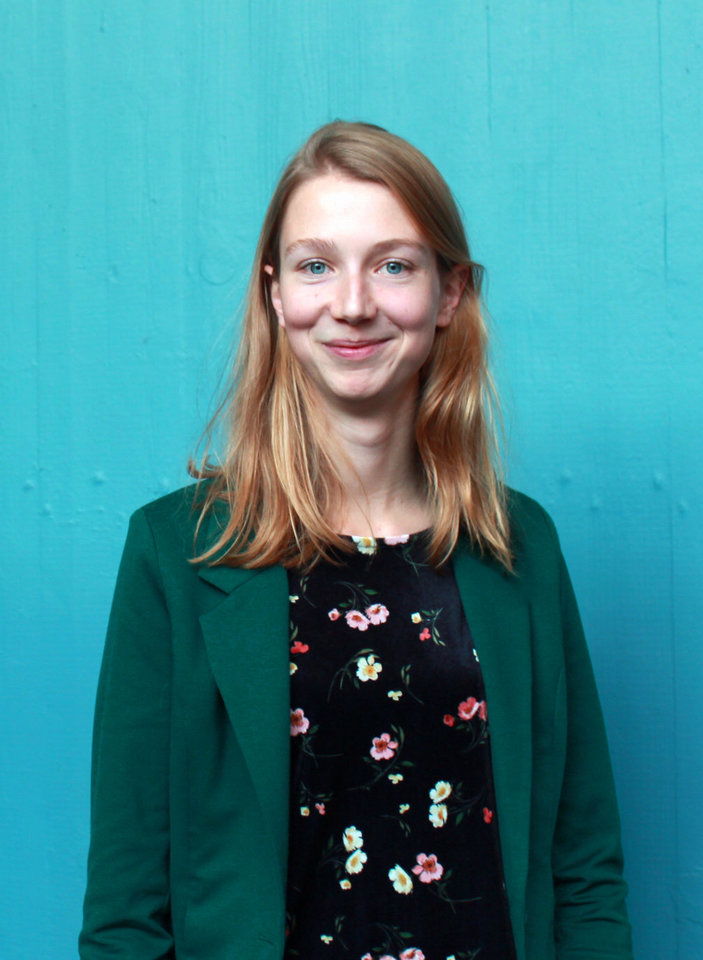The motto 'speeding up the energy transition' remains as important as ever. As a faculty, we can be proud of the concrete contributions we are making in realising the energy transition - and by extension, a sustainable world. Take, for example, Aleksandar Boričić & Aihui Fu, who over the past year have been working to improve Amsterdam's medium voltage electricity network. What was involved, and how do they look back on their results?
"It was actually during one of the COVID lockdowns that I received an e-mail from Professor Peter Palensky, asking for volunteers to work on improving one the most congested parts of the Amsterdam energy grid. At the time I just went through giving birth to a baby and because of lockdowns I have to take care of her by myself for a long period. I really wanted to work on something – work hard furthering my knowledge of my PhD subject, inspire myself to work harder and collaborate more with colleagues. So when the e-mail popped in my inbox, I was enthusiastic straight away!
The problem in the grid of the Buiksloterham area of Amsterdam is quite complex: you have many houses, slowly becoming more intelligent and thus demanding more flexibility of the grid, but also some huge apartment buildings and even industry, both having a constant, big demand of electricity. This combination was fine before, but now much more new houses are built with heat pumps, and those pull a lot of electricity from the grid. And with the continuing economic growth, more and more industries want to come into the area – leading to even more and more bottlenecks. The four medium voltage cables to the area are therefore already working at maximum capacity, and will not be able to host more consumers. In order that, Liander also has to build a new electricity distribution station and is working on expanding the electricity grid, but that takes time and won’t solve the problems the area has right now.
Being independent from resources, means that our solutions might stay useable for hundreds of years. I am very proud to work on that legacy.
Therefore, we had to together figure out solutions to solve the congestion problem. My personal contribution was developing better algorithms that can balance the load on the net. For example: why not let a heat pump work a little less for one hour during the day? The owner of the house with the pump will not notice that, but it gives a lot of breathing space for the grid. Fitting those solutions in the big puzzle that is the medium energy grid, that was my challenge to solve with algorithms.
I am very proud of the results the team and I have achieved in such a period of just a few months, only working in weekends and evenings. In that sense, it was also enlightening to see that working on the energy transition might mean more than just engineering. Our partners from the AMS Institute worked really hard to get the right data for us to work with. Whilst it was easy to get data from households, they were often happy to share, it was quite different for the companies we worked with. But we found ways around that, either by getting the data in the end, or by figuring out the relevant data ourselves. As a researcher, we are very eager for real data in order to get effective and efficient results.
We, humans a species, really can’t wait any longer: we need to start living greener. This is the only way we can give through our ways of living. And besides, the technologies we need to develop to transition our system away from fossil fuels, are sustainable in many other ways as well. Being independent from resources, means that our solutions might stay practical for hundreds of years. I am very proud to work on that legacy."
Want to know more about the solutions Aihui and Aleksandar came up with? Their case study, with three proposed solutions and their arguments, is publicly available via this link. You can also find more information on the project at the AMS Institute's website
